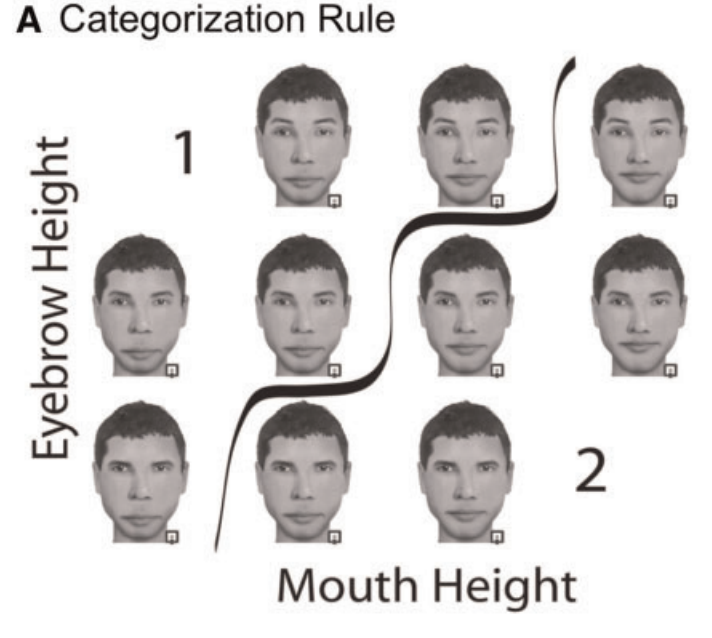We study the cognitive and neural mechanisms of attention as well as the potential for enhancing attention abilities through cognitive training. To gain insights from multiple perspectives, we perform behavioral, neuroimaging (functional MRI), brain stimulation (TMS, tCS) and cognitive training experiments in healthy subjects and disordered populations (i.e., hemispatial neglect, TBI/PTSD, prosopagnosia).
The gradual onset continuous performance task (gradCPT).
We developed a novel sustained attention task: a challenging go/no-go continuous performance task with gradual transitions between stimuli. For more details on this task see our article published in 2012.


We use neuroimaging to characterize the neural networks supporting sustained attention and the factors that influence processing within these networks (i.e., reward). This is discussed further in our research article published in 2014.

We use noninvasive neurostimulation (TMS and tDCS) to identify critical brain regions for both successes and failures of attention. We are currently looking at ways to use brain stimulation in order to enhance sustained attention capabilities in health and disease.
Esterman, M., Liu, G., Okabe, H., Reagan, A., Thai, M., DeGutis, J. (2015). Frontal eye field involvement in sustaining visual attention: Evidence from transcranial magnetic stimulation. Neuroimage doi:10.1016/j.neuroimage.2015.01.044 pdf

We are working in collaboration with the TRACTS TBI Center of Excellence to characterize and remediate attention deficits in post-deployed Veterans.
Esterman, M., DeGutis, J., Mercado, R., Rosenblatt, A., Vasterling, J. J., Milberg, W., & McGlinchey, R. (2013). Stress-Related Psychological Symptoms Are Associated with Increased Attentional Capture by Visually Salient Distractors. Journal of the International Neuropsychological Society, 19(07), 835-840.
Translational Research Center for TBI and Stress Disorders (TRACTS)
In order to help patients with attentional deficits (e.g., hemispatial neglect, PTSD), we employ a simple, computer-based cognitive training program that trains alertness, called Tonic and Phasic Alertness Training (TAPAT).

DeGutis, J., & Van Vleet, T. (2010). Tonic and phasic alertness training: a novel behavioral therapy to improve spatial and non-spatial attention in patients with hemispatial neglect. Frontiers in Human Neuroscience, 4(60), 1-17 PDF
Prosopagnosia is a condition that impairs facial recognition. Using a web-based training program, we have been able to improve face recognition abilities and are currently studying the cognitive mechanisms that drive these improvements.

DeGutis, J., Cohan, S., & Nakayama, K. (2014). Holistic face training enhances face processing in developmental prosopagnosia. Brain, 137(6), 1781-1798 pdf
